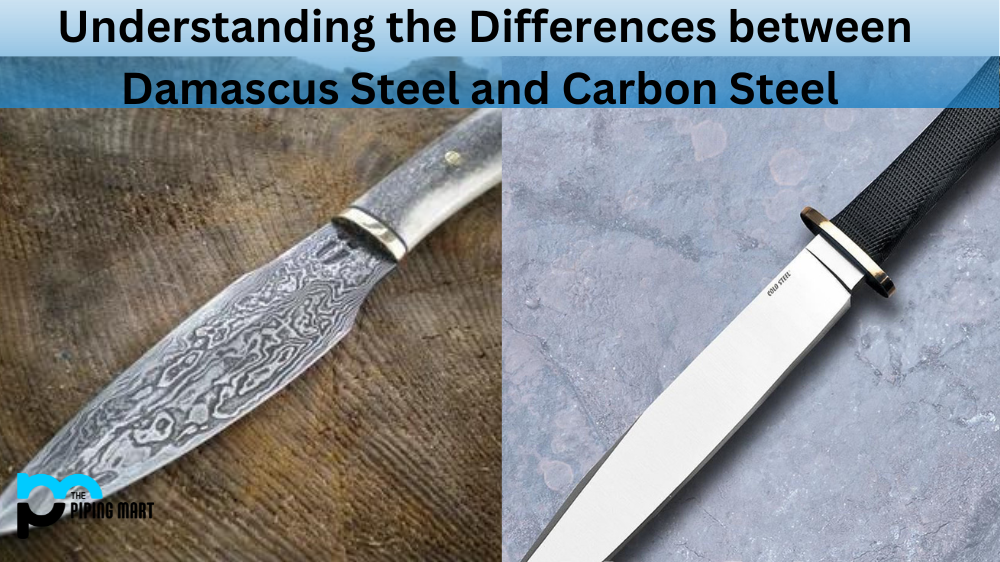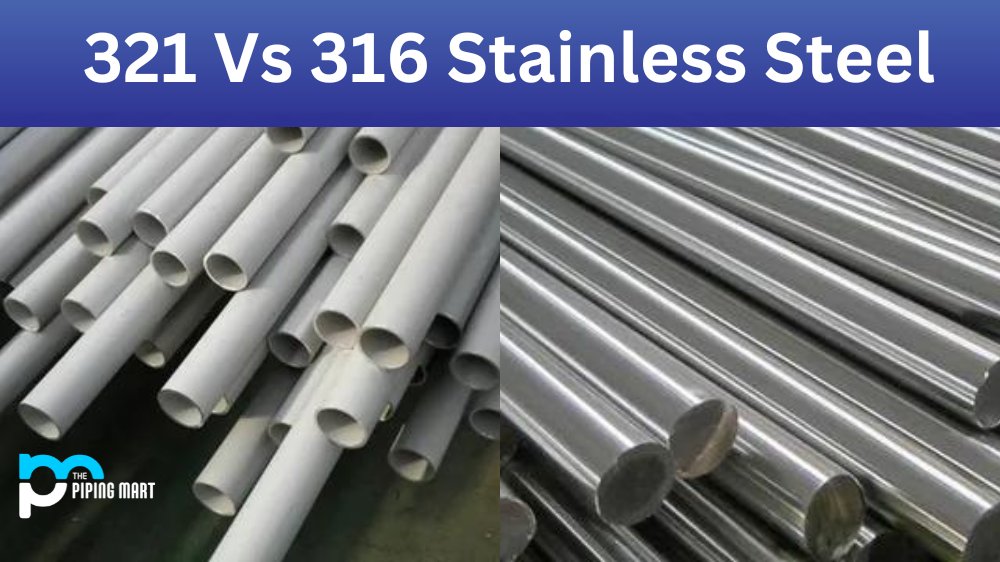When choosing the right steel for your blades, many factors come into consideration. From strength and durability to flexibility and rust resistance, the type of steel you use plays a vital role in the quality and performance of your blade. In this blog post, we’ll compare two popular steel types used in blade-making: 9260 spring and 1095 carbon steel. We’ll look at each type of steel, compare their characteristics, and help you decide which one is best suited for your next blade.
What is 9260 Spring Steel?
9260 spring steel is a popular choice of steel for swords, knives, and other bladed weapons. It is an alloy steel that contains 0.6%-0.7% carbon, 1.8%-2% silicon, and traces of manganese, phosphorus, and sulfur. The high silicon content gives 9260 spring steel unique properties, including excellent shock resistance, flexibility, and durability. This type of steel is also known for its high tensile strength, which makes it ideal for blades that require a lot of bending and flexing.
What is 1095 Carbon Steel?
1095 carbon steel is a high-grade steel widely used in the blade-making industry. It is a simple steel alloy that contains 0.95% carbon, making it very hard and brittle. Unlike 9260 spring steel, it contains no other alloying elements, making it more susceptible to rust and corrosion. However, 1095 carbon steel is known for its exceptional sharpness, edge retention, and hardness, making it a popular choice for knives and swords that require a razor-sharp edge.
Difference Between 9260 Spring Steel and 1095 Carbon Steel
Strength and Durability
When it comes to strength and durability, both 9260 spring steel and 1095 carbon steel have their unique advantages. 9260 spring steel is known for its excellent shock resistance and flexibility, making it ideal for blades that require a lot of bending and flexing. Its high tensile strength also makes it highly durable and resistant to breakage. On the other hand, 1095 carbon steel is incredibly hard and has excellent edge retention, making it a popular choice for knives that require a razor-sharp edge. However, it is also more prone to chipping and breaking due to its brittle nature.
Rust resistance
Rust resistance is another important factor when choosing steel for your blades. 9260 spring steel contains a high level of silicon, which helps to improve its rust resistance. It is also often coated with a protective layer to prevent rust and corrosion. On the other hand, 1095 carbon steel is more susceptible to rust and corrosion due to its lack of other alloying elements. However, it can be coated with a protective layer to help prevent rust and extend its lifespan.
Which one Should you Choose?
There is no clear winner when choosing between 9260 spring steel and 1095 carbon steel. It all comes down to your preference and your blade’s intended use. If you need a flexible, highly durable blade and resistance to breakage, then 9260 spring steel is a good choice. On the other hand, if you need an incredibly hard blade with excellent edge retention, then 1095 carbon steel is the way to go. It’s worth noting, however, that both types of steel require proper care and maintenance to keep them in top condition.
Conclusion
Choosing the right steel for your blade is a crucial decision. 9260 spring and 1095 carbon steel are popular choices, each with unique advantages and disadvantages. Whether you need a flexible and durable blade or a razor-sharp edge, there is steel suited for your needs. By understanding the characteristics of each type of steel and how they differ, you can make an informed decision and choose the steel that is best suited for your next blade.

Meet Bhavesh, a seasoned blogger with a wealth of knowledge and experience. From metal products manufacturing to retail, Bhavesh has a diverse background in various industries and is dedicated to sharing his insights and expertise with readers.




